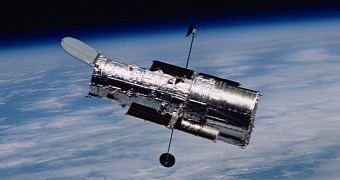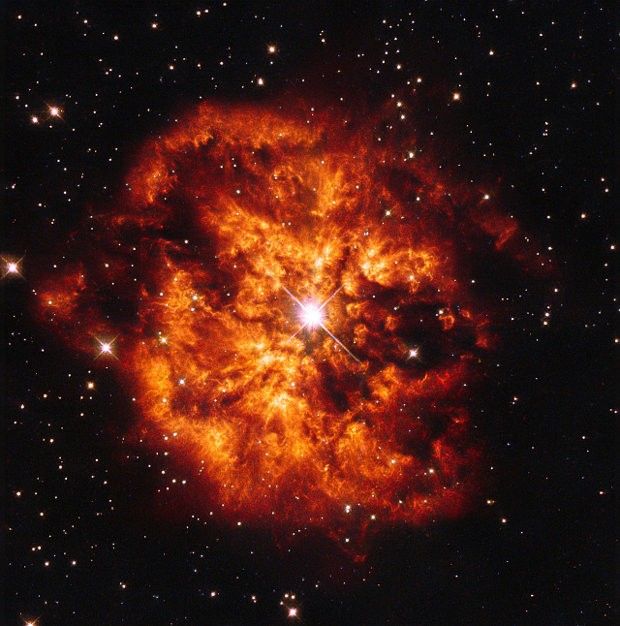A new space image delivered by the Hubble Telescope and revealed by NASA earlier this week shows a hyperactive star and the nebula surrounding it, described by astronomers as an agglomeration of clumps of insanely hot gas.
The pair is located at a distance of about 15,000 light-years from our planet, in the constellation of Sagittarius. The central orb, called Hen 2-427, is a Wolf Rayet star, i.e. a very rare and short-lived star that is also super hot.
Thus, scientists estimate Hen-247's temperature is one of about 50,000 degrees Kelvin (around 49,800 degrees Celsius / 89,600 degrees Fahrenheit).
“Hen 2-427 is a Wolf–Rayet star, named after the astronomers Charles Wolf and Georges Rayet. Wolf–Rayet are super-hot stars characterized by a fierce ejection of mass,” NASA astronomers describe this celestial body.
As for the nebula surrounding Hen-247, astronomers believe it formed about 10,000 years ago from material coughed out by the agitated star.
10,000 years might sound like a whole lot but, in astronomical terms, this nebula, dubbed M1-67, is merely in its infancy. All the same, it's silhouette is quite a sight.
Scientists say the hot clumps of ice that formed it were ejected by Hen-247 at speeds of over 93,000 miles per hour (150,000 kilometers per hour).
Many years from now, when Hen-247 calms down and no longer spews out hot gas, the ball of fire-like nebula Hubble imaged around it will begin to slowly fade away.

 14 DAY TRIAL //
14 DAY TRIAL // 

